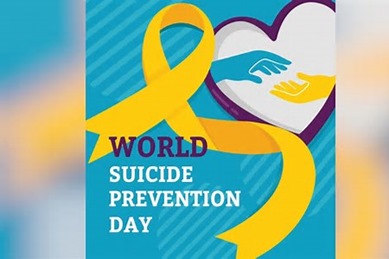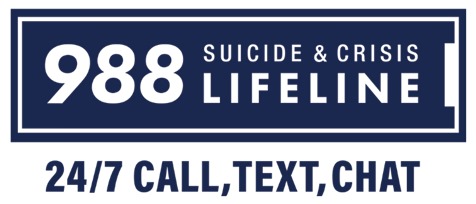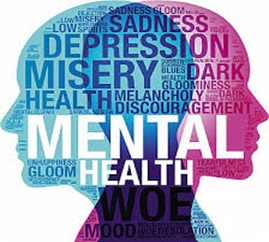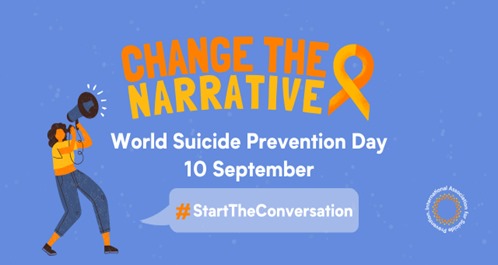Every year on the 10th of September, special recognition and attention are given to one major public health challenge the world faces: suicide. The day marks awareness of the prevention of suicide among people. On this day, it is termed” World suicide Prevention Day”. The theme, which changes from year to year, for this day’s celebration is “changing the narrative of suicide”.
According to the World Health Organization (WHO), about 720,000 people die each year from suicide.
There are numerous reasons,
both logical and illogical, why people commit suicide. But the best news is that this health challenge can be prevented
Five (5) ways to prevent suicide
⦁ Awareness through public education

Public education is one of the ways of preventing suicide, and it is not overemphasized because it is a necessity. People around the world need to be educated on the ways of preventing suicide, detecting when someone has the thought of committing suicide, actions that could trigger someone to commit suicide, etc.
This is one of the surest ways to help reduce or even prevent the increasing reports of this major health challenge around the world.
The World Health Organization promotes public education as a critical component of suicide prevention, emphasizing its role in raising awareness of risk factors and warning signs. The masses need to know about the challenge so they can join in preventing it. Social media today is a powerful tool for this initiative to be realized. People should be made aware of some causes of suicide.
⦁ REDUCE STIGMA

Stigmatization is defined as the social process that creates barriers to health care and causes harm through discrimination and exclusion, often resulting in negative outcomes such as depression, suicide, and disability. Stigmatization beyond a reasonable doubt can cause depression, which can lead to suicide. Many cases of suicide in the world today are due to stigmatization.
Sometimes, it can come from people as close as family and friends. Further risk factors for suicide include experience of loss, loneliness, discrimination, relationship disputes, financial problems, chronic pain and illness, violence, abuse, and conflict or other humanitarian emergencies. These issues are some of the reasons why people are being stigmatized, including several heartbreaks, poverty, illness, etc.
⦁ Crises Hotlines

Crisis Lines (or Hotlines) are intended to be used when a person has suicidal thoughts and/or intent, or another mental health crisis that poses immediate or imminent risk to the caller. Hotlines and emergency services should be available for victims who need support.
There might be available hotlines, but they’re not attended to. WhatsApp and online support groups and crisis hotlines can be valuable tools in suicide prevention by providing immediate support and connecting individuals with trained responders or peers who understand their struggles. These platforms offer anonymity, accessibility, and a sense of community, which can encourage people to open up about their feelings.
However, it’s essential to ensure moderation, confidentiality, and clear guidelines to maintain a safe and supportive environment. Crisis hotlines, in particular, offer professional help and intervention. Both can be effective in crisis situations or ongoing support, but they should complement, not replace, professional mental health services.
⦁ Speaking on mental health

Most suicide issues are actually psychology-inspired. Most of the people who commit suicide had to battle with issues in their minds before doing it. Mental health is one of the topics that health personnel and even non-health personnel should talk about often. More education should be given on it.
A person’s mental health can be in a state of deterioration, and he or she will not be aware of it. Paying attention to mental health can help prevent suicide cases in several ways. Early detection and treatment of mental health issues like depression, anxiety, and trauma can reduce the risk of suicidal thoughts and behaviors.
Reducing stigma around mental health issues makes it more likely for people to seek help. We can also create mental health apps to track depression and mental health and its related issues, providing access to professional help, like therapy and counseling, for those in need. By prioritizing mental health, we can work towards preventing suicide and promoting overall well-being.
⦁ Encourage Open conversations

Unless you are a magician, God, or a god, you never know what is in a person’s mind till they speak about it. By having opened conversations, people can express themselves and talk to people about issues bothering them and even seek help. Active listening and assisting loved ones in receiving professional help for their problems can help curb the situation.
If you happen to share the same faith with the victim, you can encourage them with the faith you both share. Open conversation and active listening can play a vital role in suicide prevention by creating a safe space for individuals to express their feelings and struggles without fear of judgment.
When we engage in open conversation, we encourage people to share their emotions and thoughts, allowing us to better understand their experiences and provide support. Active listening, characterized by empathy, attention, and validation, helps individuals feel heard and understood, which can alleviate feelings of isolation and hopelessness. By fostering a supportive and non-judgmental environment, we can help individuals feel more connected and less alone, potentially preventing feelings of despair that can lead to suicidal thoughts.
By Emmanuella Antwi






